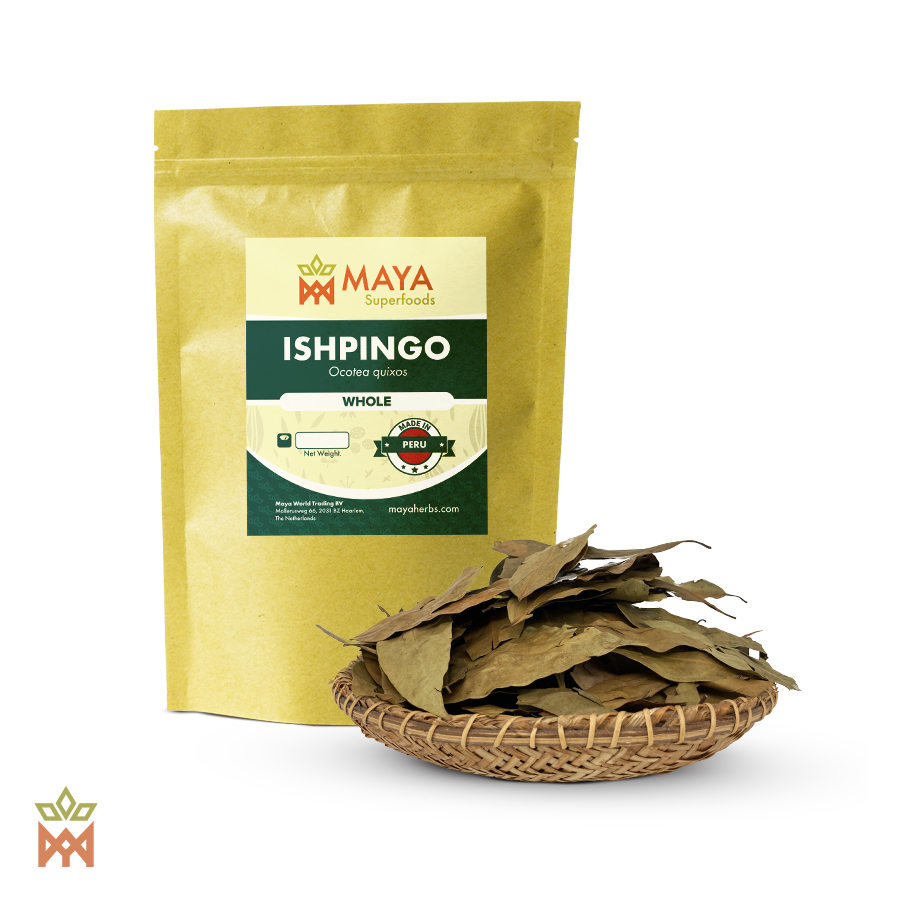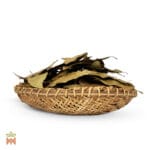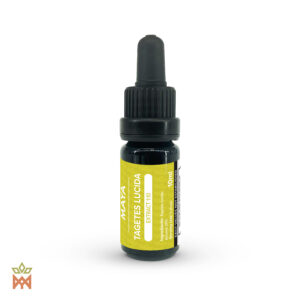Whole Ishpingo (Ocotea Quixos) Leaves from Peru
A premium and exotic herbal product that will elevate your sensory experience. Ishpingo, also known as cinnamon wood or Amazonian cinnamon, is a unique and aromatic spice that originates from the lush forests of Peru.
Have you ever heard of Ishpingo (Ocotea Quixos)? If not, don’t worry; you’re not alone. But if you have, then you might already know that it is one of the most sought after specialty teas available today. Originating from Peru, Ishpingo is an exquisite and unique single-origin herb made up entirely of whole leaves. This unique plant is harvested by hand and then dried naturally by the sun. As a result, it has strong flavour notes of flowery aroma, earthy depth, and sweet undertones—allowing for a truly remarkable cup of tea each time.
What is Ishpingo?
Ishpingo, scientifically known as Ocotea quixos, is a species of tree native to the Andean and Amazoninan regions of Peru, Ecuador and Brazil. The tree belongs to the Lauraceae family and is esteemed for its aromatic leaves, which possess a distinct cinnamon-like flavor and aroma.
Ishpingo habitat
Ishpingo trees typically grow in the humid forests of the Andean foothills, reaching heights of up to 25 meters. They have evergreen foliage and produce small, fragrant flowers that give way to dark brown berries.
The leaves of the Ishpingo tree are harvested for their culinary and medicinal properties. They are rich in essential oils, particularly cinnamaldehyde, which imparts the characteristic cinnamon flavor and aroma.
The Different Types of Ocotea Quixos
There are four different types of Ocotea quixos, each with its own unique set of properties.
- Type 1: The most common type , typically found in Peru. It has a strong, woody flavour with hints of spice.
- Type 2: A sweeter variety, typically found in Ecuador. It has a fruity flavour with hints of floral sweetness.
- Type 3: A rarer variety, typically found in Colombia. It has a minty flavour with hints of citrus.
- Type 4: The least common type, found only in Venezuela. It has a spicy flavour with hints of chocolate.
Ishpingo medicinal properties
Traditional Uses
Ishpingo leaves have a long history of use in traditional Andean cuisine, where they are valued for their aromatic qualities and flavor-enhancing properties. The leaves are commonly used as a culinary spice, imparting a warm, spicy-sweet flavor reminiscent of cinnamon to dishes. In addition to their culinary uses, the leaves have been used in traditional medicine by indigenous communities in the Andean region. Ishpingo is believed to have digestive benefits and may be used to alleviate gastrointestinal discomfort, stimulate appetite, and promote overall digestive health.
Ishpingo leaves are also used in traditional herbal remedies to treat respiratory ailments such as coughs, colds, and congestion. The aromatic compounds present in the leaves are thought to have expectorant and decongestant properties, helping to relieve respiratory symptoms and promote easier breathing.
Spiritual uses
Ishpingo spiritual uses:
- Used in ayahuasca ceremonies by the Shipibo-Conibo people of the Amazon rainforest
- Believed to have anti-inflammatory, analgesic, and anticancer properties
- Can be applied directly to the skin or drunk as a tea
How to prepare Ishpingo Tea?
Cultural Significance
Ishpingo holds cultural significance in the Andean region, where it is considered a symbol of the rich biodiversity and cultural heritage of the region. The tree is revered for its culinary and medicinal properties, as well as its role in traditional rituals and ceremonies.
In Andean cuisine, Ishpingo leaves are used to flavor a variety of dishes, including soups, stews, sauces, and beverages. They are also used to infuse traditional Andean drinks such as chicha and aguapanela with their distinctive cinnamon-like aroma and flavor. It is also a common and very pleasant tea widely consumed in the Amazon region.
Ishpingo leaves may also be used in spiritual and ceremonial contexts by indigenous communities, where they are believed to have purifying and protective properties. The aromatic smoke produced by burning Ishpingo leaves may be used in rituals to cleanse the energy of a space or ward off negative influences.
In conclusion, Ishpingo leaves, with their cinnamon-like flavor and aroma, are a prized culinary and medicinal ingredient in the Andean regions of Peru and Ecuador. Whether used to enhance the flavor of traditional dishes, promote digestive health, or provide respiratory support, Ishpingo continues to be valued for its versatile applications and cultural significance in the Andean culinary and healing traditions.










Reviews
There are no reviews yet.